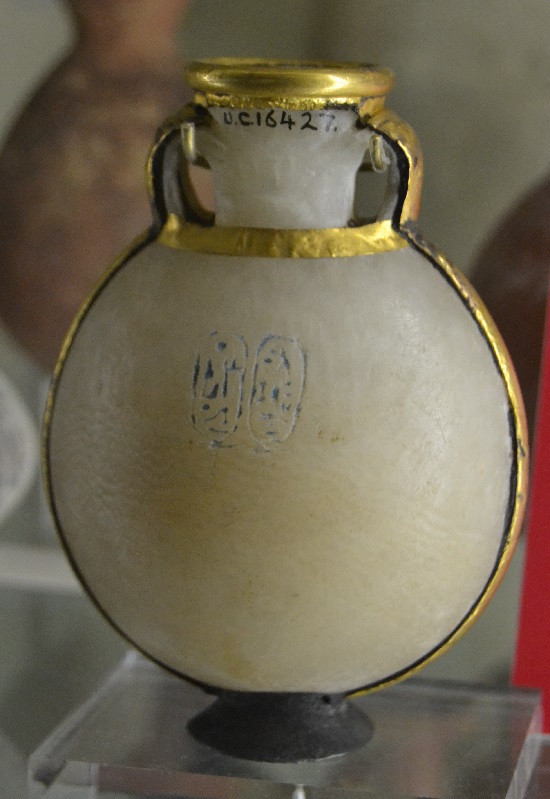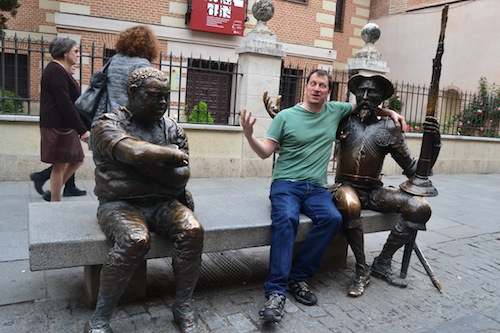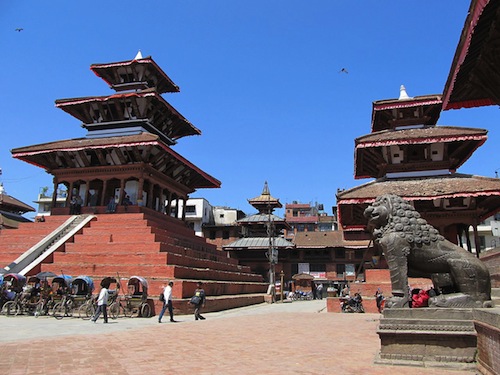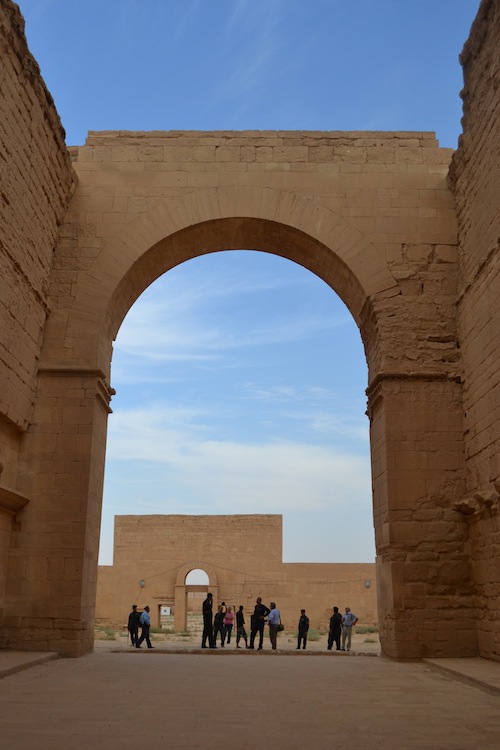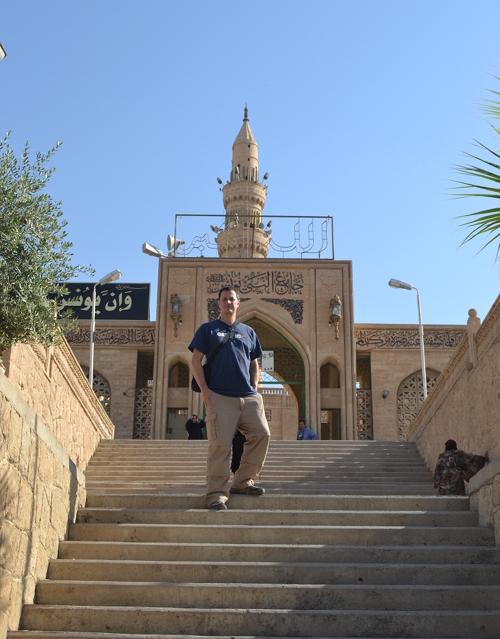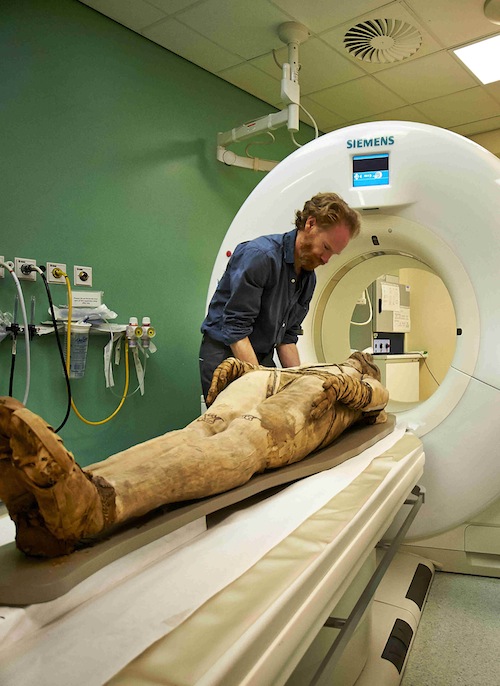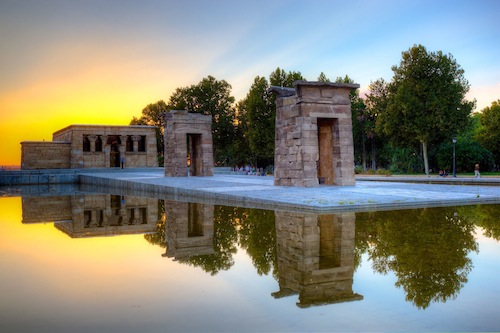Ancient Damascus: What We Might Lose Next
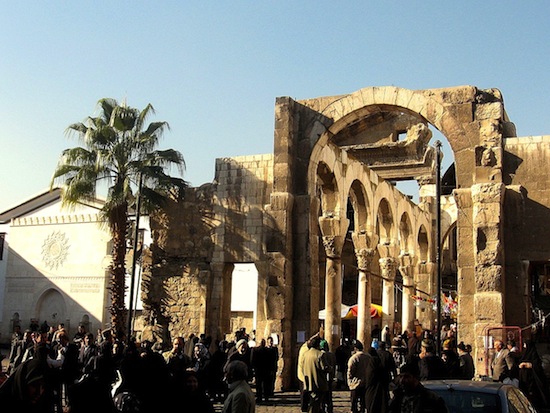
This week’s destruction of the temple of Bel in Palmyra, Syria, has brought the Islamic State’s brutality into the international spotlight once again, just like they wanted it to. I’m grateful that at least I got to see the place before it was destroyed. I’ve written about it in my post Memories of Palmyra before ISIS.
Palmyra isn’t just a unique archaeological site, it’s strategically important too. Located at a crossroads in eastern Syria, from there it’s possible for ISIS to supply all their operations in that sector, including their push for the Syrian capital of Damascus.
ISIS is already on the outskirts of Damascus and is renewing military operations there. If they take the city, many more antiquities would be in danger.
